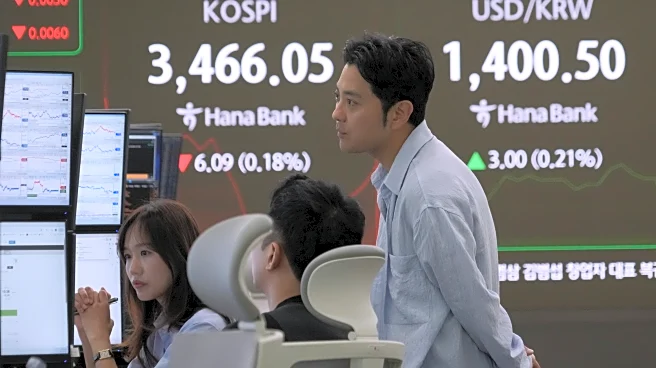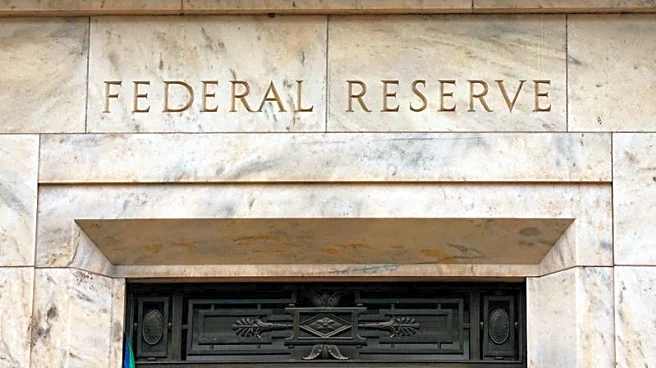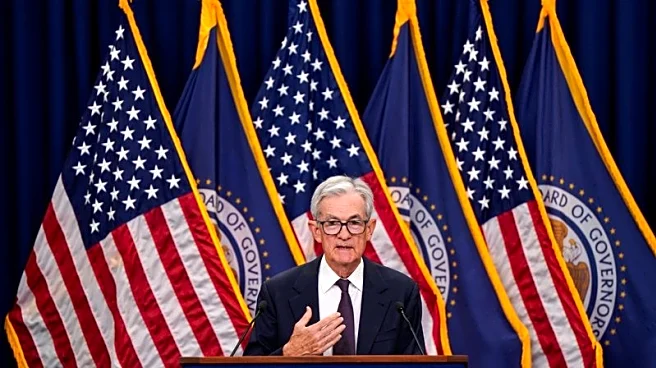What is the story about?
What's Happening?
Gold demand in China has weakened, with discounts reaching multi-year lows, while other Asian hubs continue steady purchases despite high prices. Spot gold hit a record high of $3,790.82, increasing by 1.4% this week. In China, dealers widened discounts to $31-$71 per ounce against global benchmark prices, up from $21-$36 last week. The Shanghai Futures Exchange maintains significant trading volume, possibly due to rapid profits on the CSI300 index, which has climbed nearly 2% this week. In India, premiums held steady at up to $7 per ounce over official domestic prices, the highest since November 2024. Investors are buying coins and bars, paying premiums over record prices, hoping the rally continues. Elsewhere in Asia, premiums ranged from $1.50 to $2 in Hong Kong and $1.50 to $2.50 in Singapore. Japan's bullion traded at a premium of $1, with local investors buying small bars.
Why It's Important?
The fluctuations in gold discounts and premiums across Asia reflect broader economic trends and investor sentiment. In China, the increased discounts may indicate a shift in investment focus towards equities, as evidenced by the CSI300 index's performance. In India, the steady premiums suggest strong demand driven by cultural factors and upcoming festivals. The continued buying in other Asian hubs, despite high prices, underscores gold's role as a hedge against economic uncertainty. These trends could influence global gold prices and impact U.S. markets, as changes in Asian demand often affect international gold trading dynamics.
What's Next?
The trend of gold buying in Asia is expected to continue, particularly if prices ease, potentially driving increased purchases. In India, the upcoming Dussehra and Diwali festivals may further boost demand, as buying gold is considered auspicious during these times. The anticipated revision to India's fortnightly base import price could lead to higher duties, prompting accelerated imports by jewellers and bullion dealers. These developments may influence global gold market trends and affect U.S. investors and traders who monitor international demand and pricing.
Beyond the Headlines
The cultural significance of gold in countries like India highlights the intersection of economic and social factors in commodity markets. The role of gold as a traditional investment and its perceived stability during economic fluctuations may continue to drive demand, even as other investment opportunities arise. This dynamic illustrates the complex interplay between cultural practices and market forces, which can have long-term implications for global commodity trading.
AI Generated Content
Do you find this article useful?















